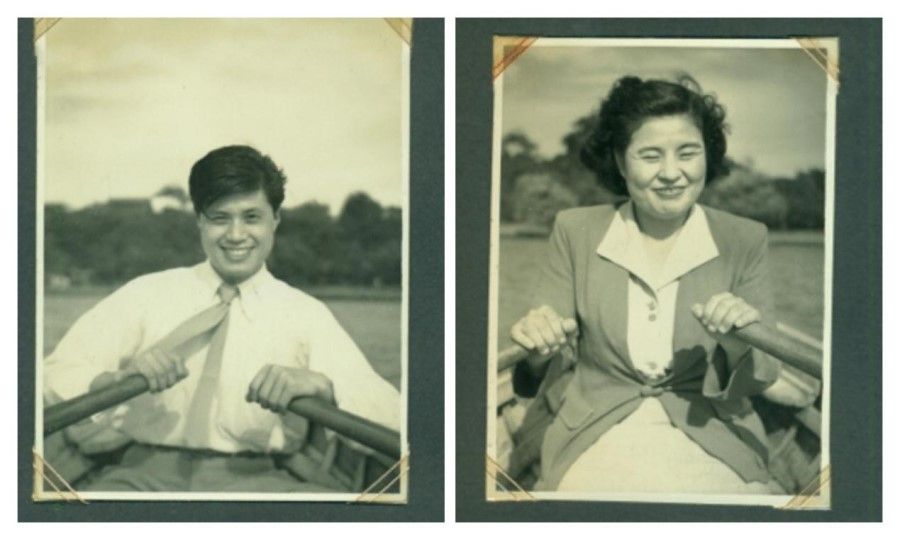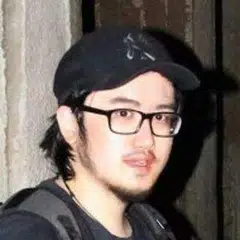A Japanese soldier's photo album: To the hell of war and back
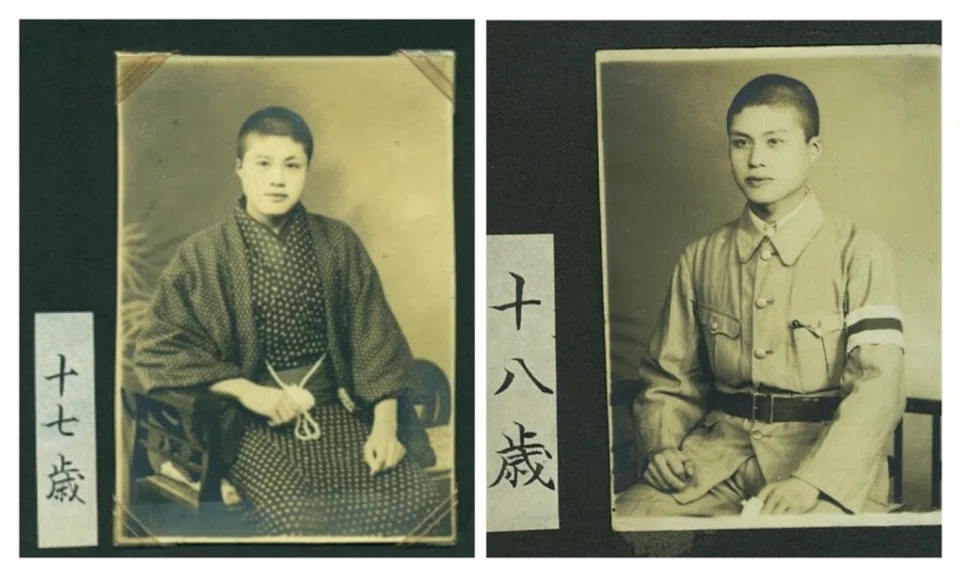
(All photographs courtesy of Zou Dehuai.)
In 2015, a friend from Tokyo paid 93,000 yen (about US$680) to buy a photo album for me. As I browsed through this family album belonging to an anonymous Japanese person, as usual, I tried to connect with the people in the photographs.
But this time, the initial peace in me turned into spine-tingling uneasiness, because through the photographs, I learnt that its owner was once a Japanese soldier who had invaded China, and behind that lay a shocking secret.
I was not expecting to see the life of a Japanese from the Showa era unfolding before me, transitioning from being an ordinary youth to a Japanese soldier who invaded China, and everything else that came after it.
His family, his fallen comrades, his experiences in northeast China, as well as his post-war life, left me stunned. While it was hard to remain calm reading his story, I became immensely interested in it.
Deeds that left a trace
As I flipped through each page of this extraordinary photo album, words like Kwantung Army Chemical Department (关东军化学部) and Unit 526 (526部队) appeared. It dawned on me that the album owner was no ordinary Japanese soldier; his photographs and experiences could be key evidence in uncovering the truth of the Japanese army's secret biochemistry unit.
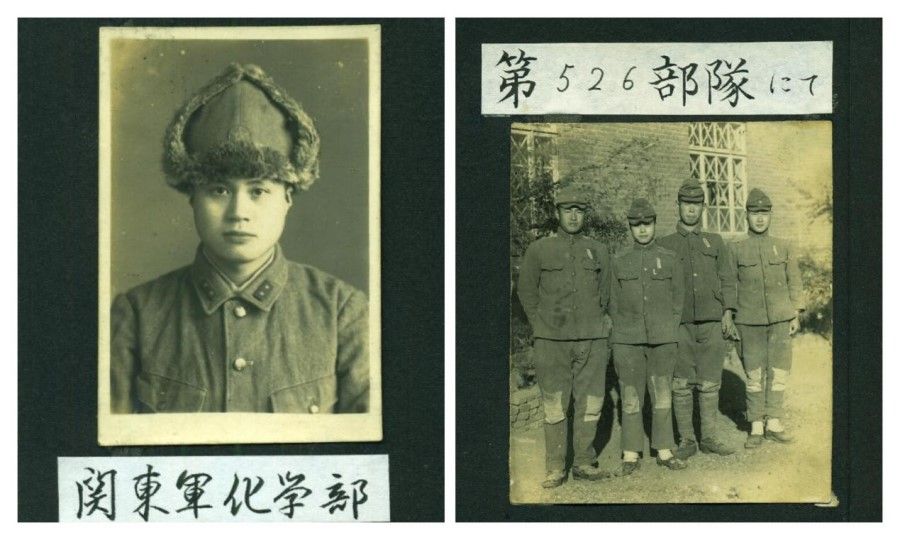
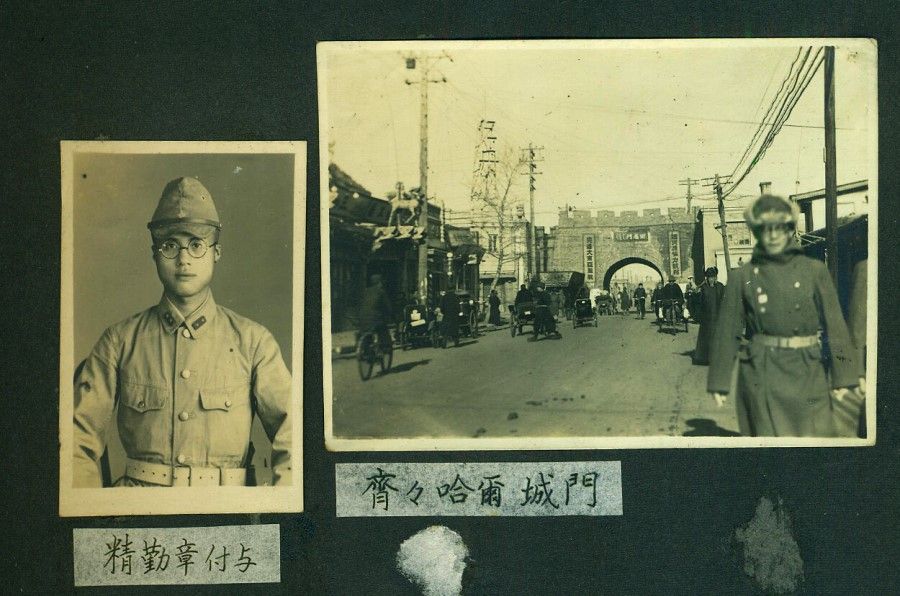
As we know, the Japanese army occupied northeast China after the Mukden incident, and conducted research and preparations for chemical warfare. The Kwantung Army Technical Division was established in 1937, and the Chemical Weapon Unit under it was the predecessor of the mysterious Kwantung Army Chemistry Department, code named Unit 516.
This chemical warfare research unit had a total of 250 members. Besides researching and developing chemical weapons, the Unit also conducted live tests on Chinese commoners and manufactured chemical weapons.
Unit 516 prepared mustard gas, Lewisite and cyanic acid, amongst other toxicants, and provided training on the use of these weapons. The most important mission of Unit 526, to which the album's owner was attached, was to assist Unit 516 in carrying out their responsibilities.
... I can finally confirm that this album is direct evidence that Unit 526 was stationed in northeast China, and strong proof of the existence of Unit 516.
When the Japanese surrendered, the Japanese army was ordered to destroy all secrets of Unit 516. The main building where the troop was stationed, the bulk of evidence and experimental facilities for the chemical weapons were all dealt with urgently, with toxicants and artillery shells buried on-site or submerged into the Nen River. In the days that followed, it was found that the "oily liquid" found in Qiqihar, Heilongjiang province that had seriously harmed the commoners was a chemical weapon once buried by Unit 516.
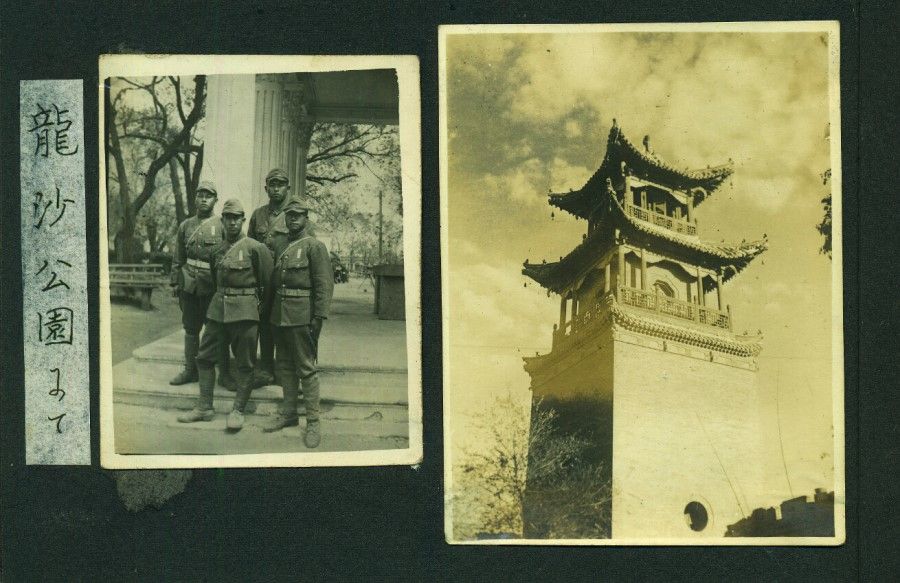
In the decades after the war, many had attempted to prove the existence of this monstrous unit, but due to a dearth of information, none succeeded. As such, legal claims regarding the harm inflicted upon civilians came to nothing.
I can't imagine how the owner of this album could turn from a man in the street to a devil in uniform, and in the later half of the album, turn from an invader back to an ordinary person.
After comparing notes and conducting research, I can finally confirm that this album is direct evidence that Unit 526 was stationed in northeast China, and strong proof of the existence of Unit 516.
POWs in Siberia
I can't imagine how the owner of this album could turn from a man in the street to a devil in uniform, and in the later half of the album, turn from an invader back to an ordinary person. Photographs showing the invasion of China ended in July of Showa Year 20 (1945), and when the album owner updated the photographs again, it was 1950.
Following investigations, I found that in 1945, 510 members of Unit 526 had become POWs of the Soviet army, who were later sent to Siberia as forced labour. I believe the album owner had most probably been assigned to one of the work groups, and left for the faraway West.

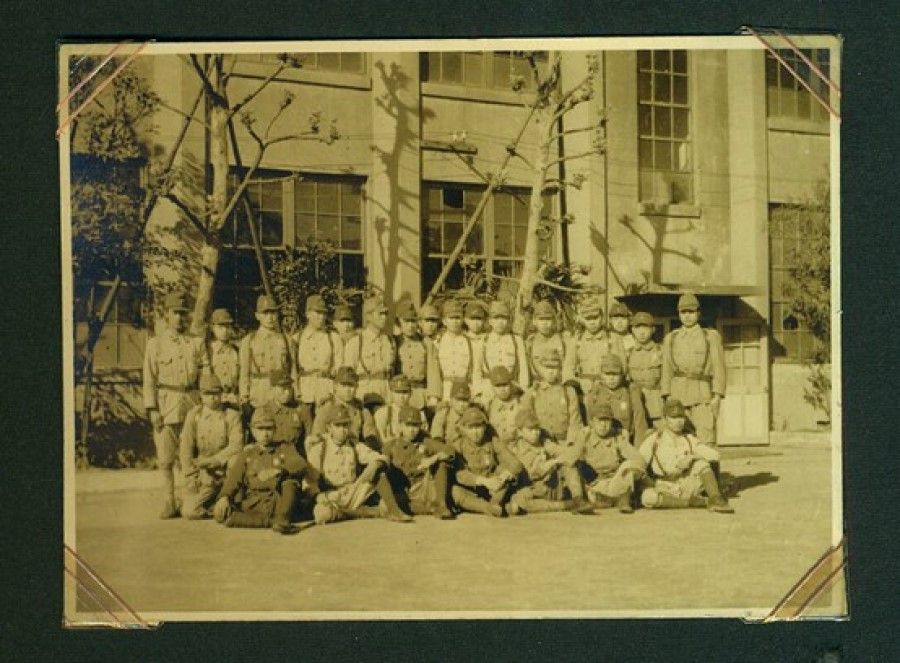
There were 1,500 POWs in the group, including 460 from Unit 526. They left Qiqihar on 16 September 1945, crossed the Soviet border on 18 September through Manchuria, and finally arrived at the 4th branch of detention centre 34 at Krasnoyarskiy Kray(Красноярск、クラスノヤルスク).
... when the album owner reappeared in the photographs in 1950, he resembled a patient who had just recovered from a serious illness.

Based on POW accounts, they were sent to a place called "Krasno 4"(クラスノ4)for work. That was most likely the Khakasskaya Coal Mine which was under the jurisdiction of Soviet Union's People's Commissariat of Heavy Industry(Народный комиссариат угольной промышленности).
The coal mine was situated on Russian territory in the Republic of Khakassia in southern-central Siberia, where temperatures could go as low as 30 to 40 degrees below zero. The living conditions of the POWs were extremely harsh - most of them suffered from malnutrition, and they worked for eight hours a day in the 30-metre mine.
How life goes on
So, when the album owner reappeared in the photographs in 1950, he resembled a patient who had just recovered from a serious illness. However, he was more fortunate than his friends who previously appeared in the album, as they had died in battles in the South Pacific, Taiwan and unknown regions. Unlike him, they could not go back to normal life after the war.
From Japan to northeast China and back to Japan, after blending into society as an ordinary person, would he be haunted by faraway wails from decades ago?
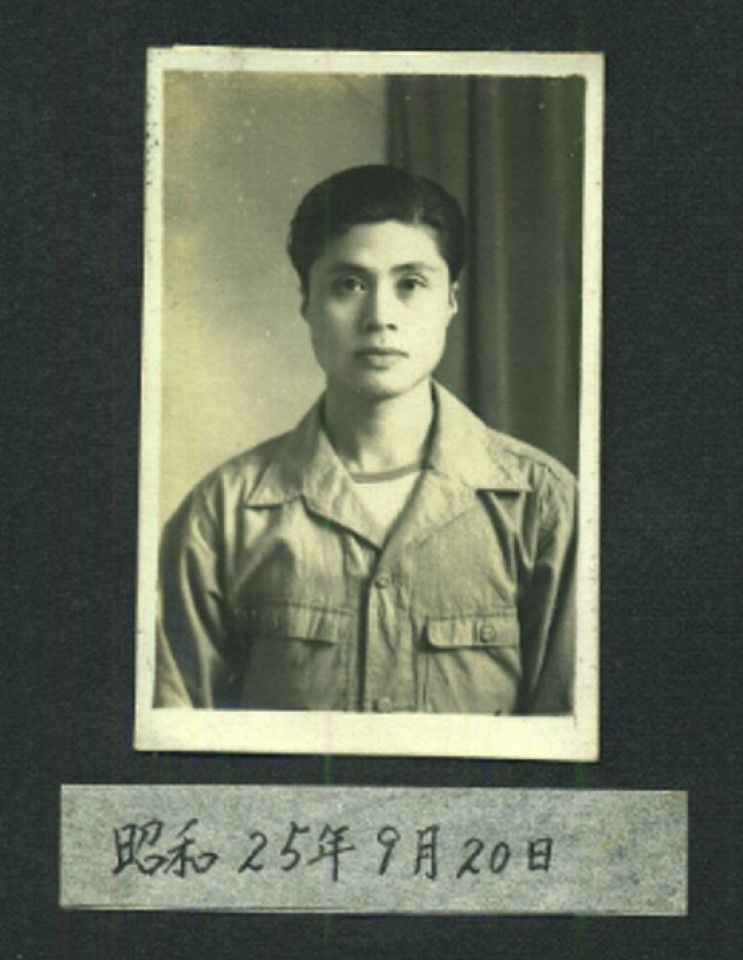

In the later half of the album, we see the album owner all smiles as he goes boating on a lake and dating Etsuko Chihara (千原悦子), a nurse whom he met during the invasion of China, and whom he marries; travelling and taking group photographs with his siblings; going on business trips and bonding with his colleagues. Besides that, several photographs of scenery seem to suggest that he is also a photography enthusiast.
However, despite in-depth research, I have yet to discover the name of the album owner. Most importantly, what exactly did he do in China? From Japan to northeast China and back to Japan, after blending into society as an ordinary person, would he be haunted by faraway wails from decades ago?
Today, I still continue to research this album through documents and the internet. I hope one day I will be able to fill in the gaps in this album, though when it comes to human character, answers may never be found.
